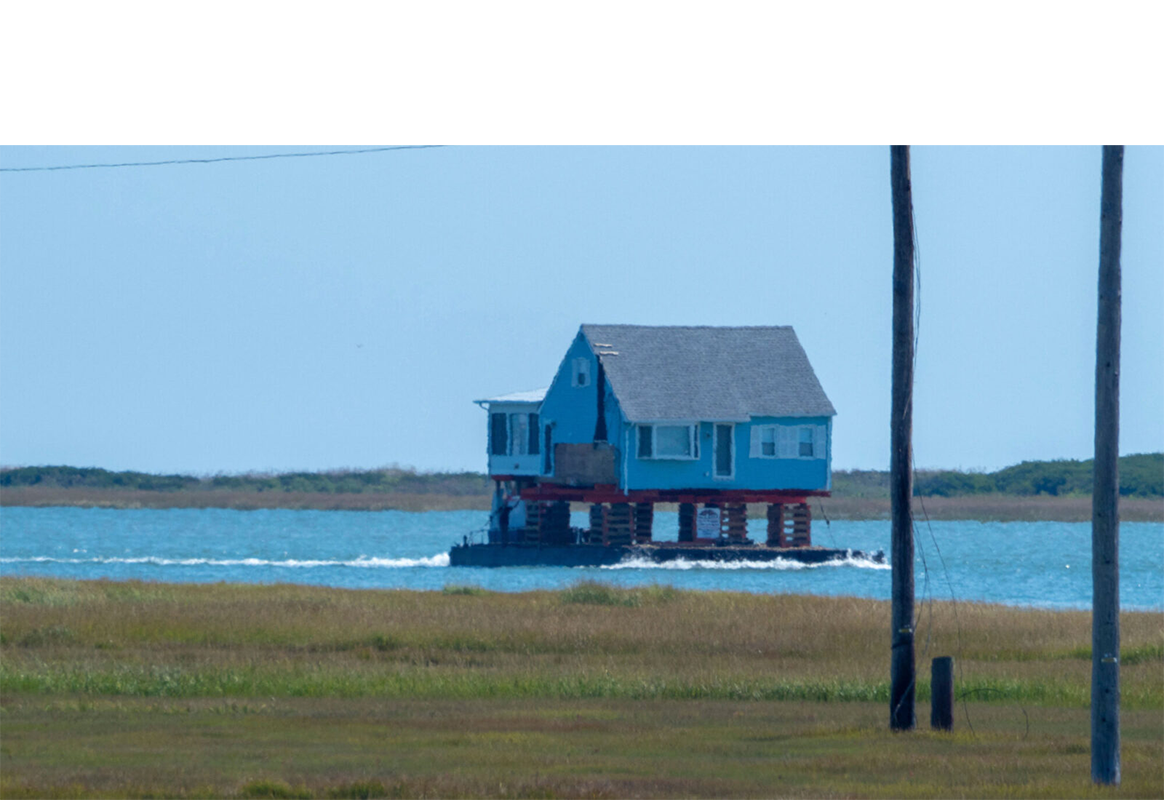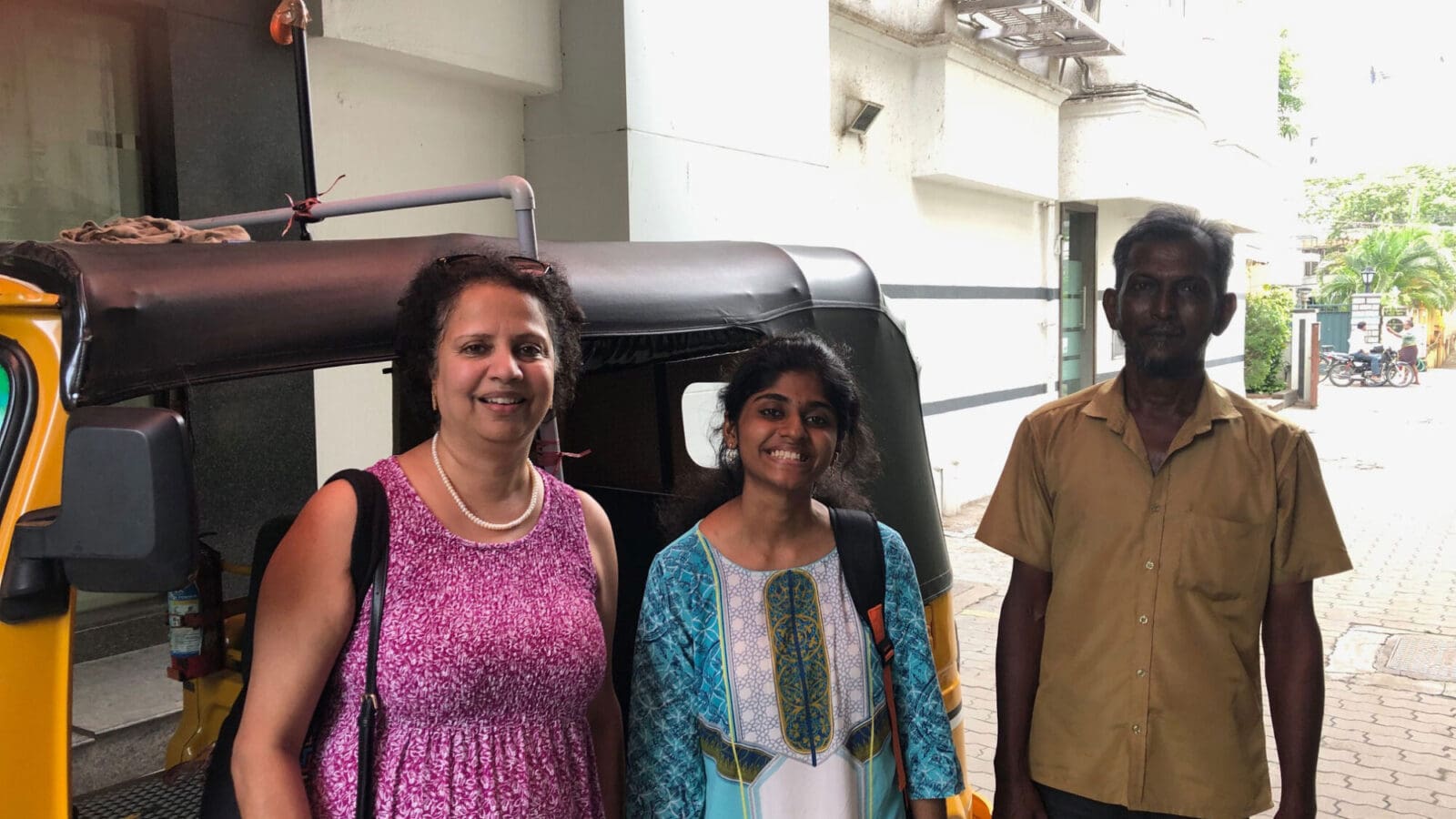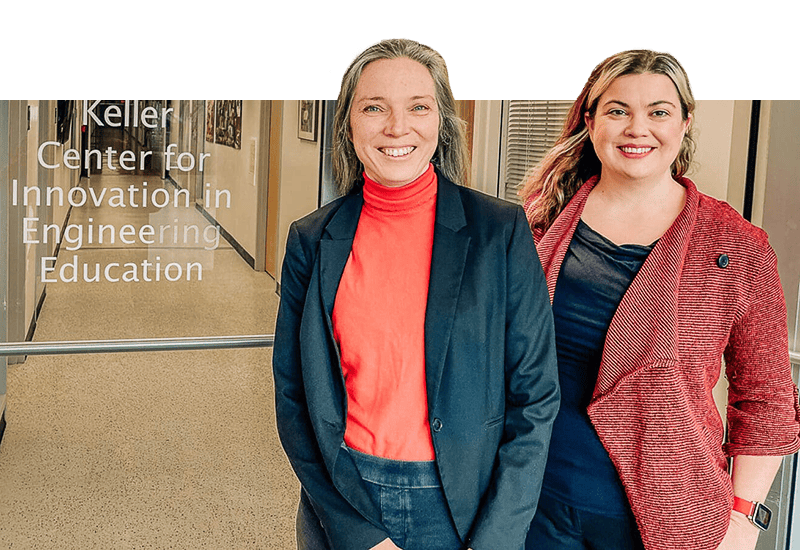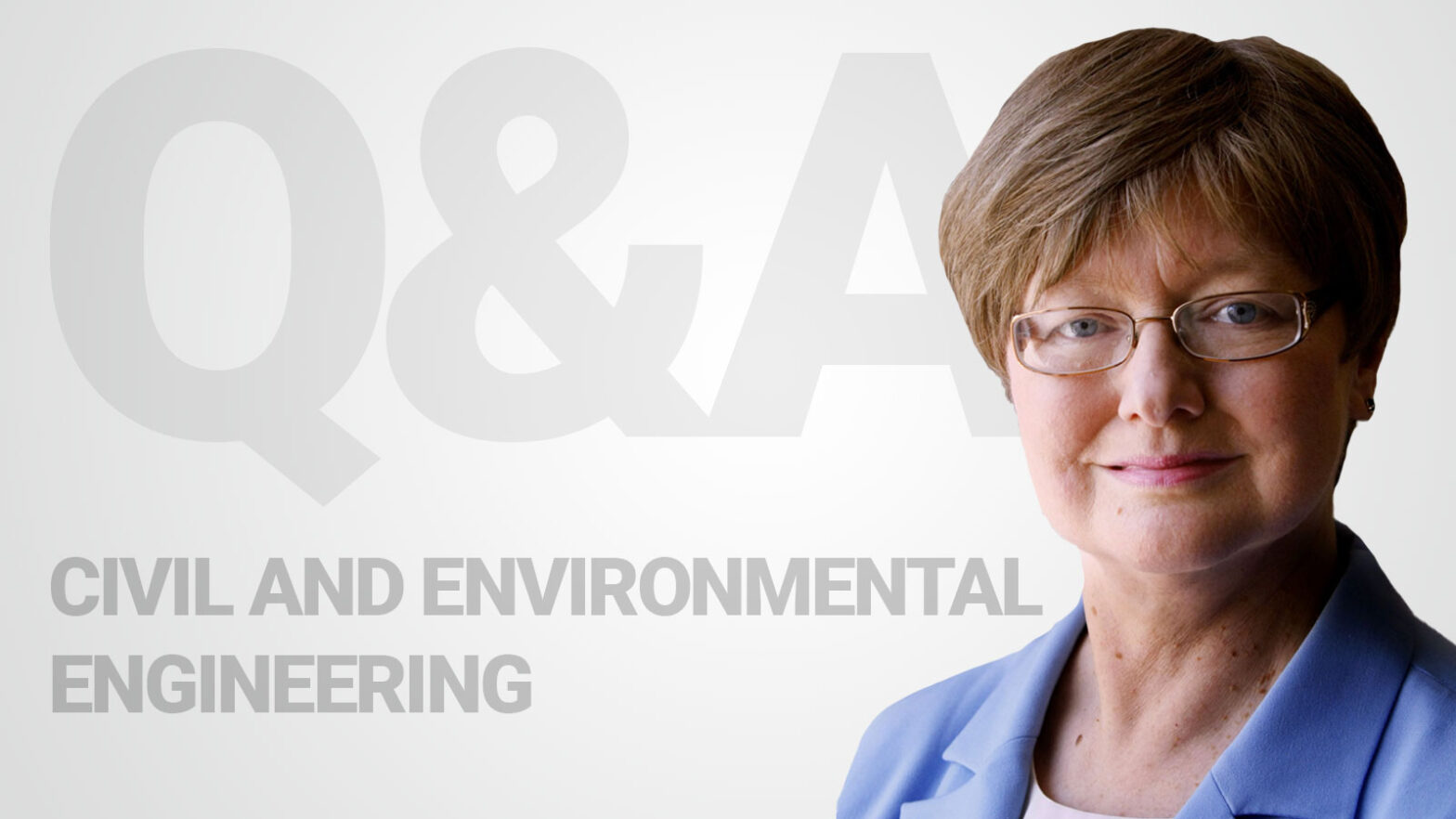
Future cities will need a holistic vision ‘for the benefit of the entire society’
By
on
This is from the series Conversations With Chairs and Directors
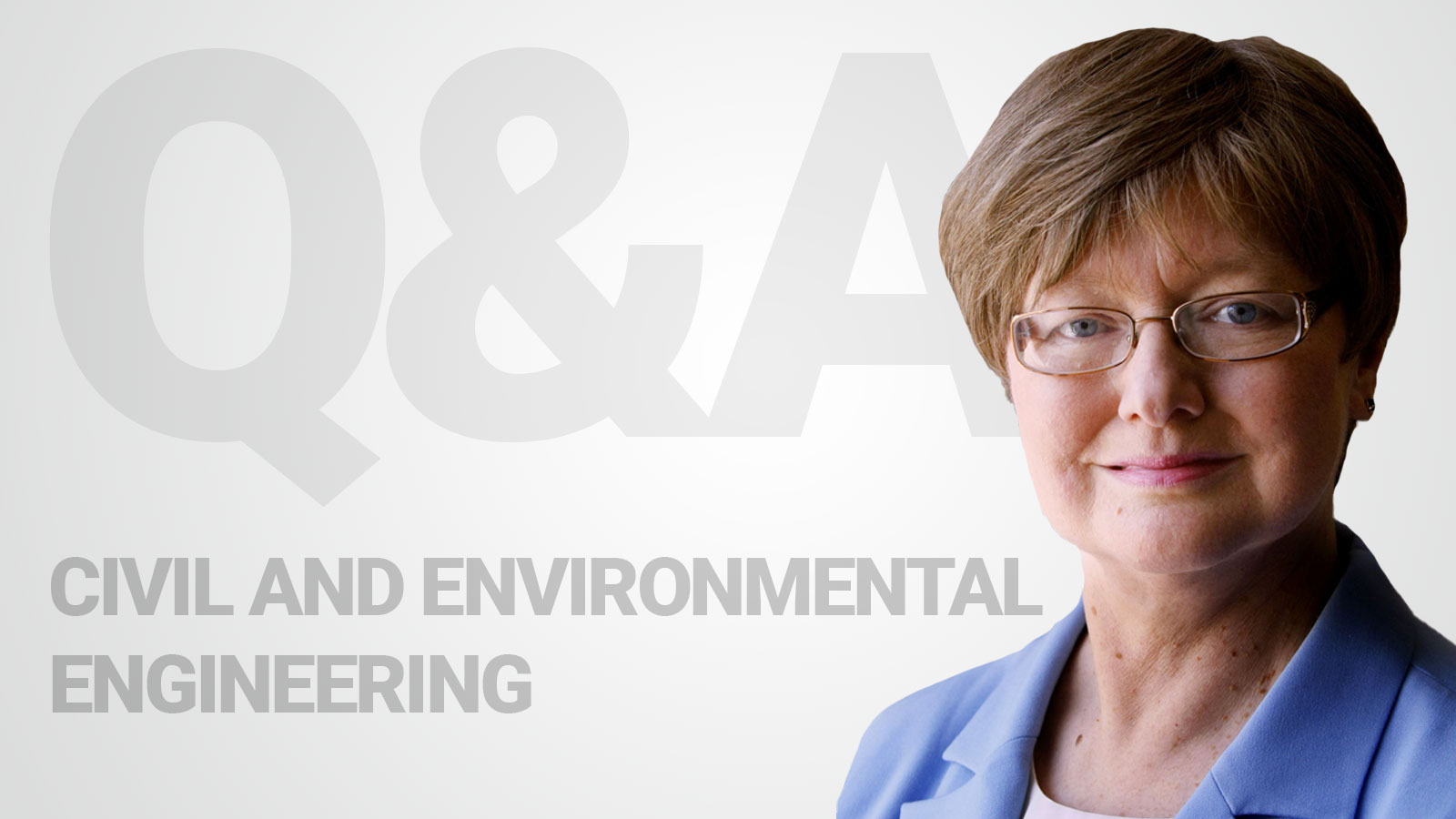
Q. What recent developments in civil and environmental engineering have you excited for the future of the field?
A. It’s a good time to be asking that question. I recently attended a summit of the American Society of Civil Engineers (ASCE), which happens about every 10 years. We discussed this topic at length and I see three main themes arising over the years to come.
One is how people will live in the cities of the future, which must be resilient and sustainable and might include floating cities, arctic cities and megacities. Mass urbanization is driving the need to reimagine infrastructure, but the textbooks are yet unwritten on how to build these novel cities. I believe that two areas are key for the future of education in CEE: advanced materials engineering and data-driven urban systems. In addition to the steel and concrete we’ve used for the past century, we will use high-performance, adaptable, energy efficient, low carbon footprint materials. That’s very different from 30 years ago, when subjects of advanced materials and data science were not part of this discipline.
Another theme is the need for engineers to be prepared to design and manage systems of systems. The field is growing more interdisciplinary all the time, largely due to recognition of the interrelatedness of urban systems. Infrastructure. Transportation. Distribution of water resources. Food systems. Environmental protection. Human health. These systems have to be integrated and optimized holistically, and it will be the civil and environmental engineers who lead these multidisciplinary teams.
Finally, all of this advancement will happen in the context of a changing climate. That’s the third theme. It is civil engineers who have to figure out how people will live on this planet, and our work becomes more and more challenging as society wastes time questioning the realities of global climate change. Most cities lie on the coast, where residents face sea level rise and an increased frequency and severity of storms. We need to understand the impacts of climate change on environmental processes, we need to mitigate greenhouse gases, and we need to adapt to new ways of life. If we’re going to design floating cities to accommodate mass urbanization, they have to withstand these changing conditions.
Q. Faculty members in this department seem to collaborate widely with colleagues in other fields. Why does work from this department engage so many different areas of scholarship?
A. The reason we’re so collaborative is because we build large, complex engineering systems. And while civil and environmental engineers understand these systems on the whole, the process requires collaboration with all sorts of other engineers and humanists and social scientists, as well as people from finance and government. The goal is to serve some optimal solution for the entire society. Fifty years ago, we would optimize a water distribution system without considering how much energy it takes to pump the water around. We would design roads considering the best ways for people to get around with minimal congestion, but we didn’t think about the pollution that came from all those automobiles. We would construct massive concrete structures without concern for the associated greenhouse gas emissions.
It’s no longer enough to design and optimize a single system at a time. We must think about the integration of all these things – physical infrastructure, water distribution, mobility, work, human health, energy, food. Because they are interrelated. We already know that if you optimize one without consideration of the others, you will get a suboptimal holistic solution.
Q. What’s new in undergraduate education in CEE? How are students taking their learning beyond the classroom?
A. In addition to all the foundational knowledge that students need-in structural engineering and hydrology and mechanics and environmental protection-it’s now more important than ever for students to acquire what are called “power skills.” Lifelong learning, communication and teamwork. Historically, these were called soft skills, as if they were things you just picked up along the way, while doing the “hard” work of problem sets. No. Not only are these skills sometimes harder to gain, but they can be even more important. If you have the power skills then you know how to be resourceful, you know how to go find the people you need, you know how to communicate with an array of different people, and you know how to work effectively with people of different disciplines, backgrounds, perspectives. Graduates with these skills are a major asset for employers.
The truth is, we already do this really well at Princeton. Our graduates are very well prepared for the future. We’re instructing in such a way that students go beyond the engineering problems we present them in order to identify and formulate the problems of tomorrow’s challenges. Students develop more than the ability to write and present, they learn to know their audience and adapt their messaging. And they practice the careful balance of teamwork, which can be difficult for students who have had so much success individually.
Take for example my class about the environmental implications of energy production, CEE 304. It’s a gigantic subject. So my approach is to teach fundamental principles for about half the course, and the remainder of the course focuses on independent study. The students take on environmental challenges of their choice. It might be global climate change, or it might be mercury pollution in the Great Lakes or acid rain in the Northeast or oil spills in the Gulf. They have to figure out what engineering principles are required to understand that environmental challenge. Then they have to think about innovative solutions to these problems. Sometimes the solutions are not technical, but instead are policy instruments or economic incentives. Finally, the course culminates with team-based projects, starting with dividing up the work and figuring out how to bring it all back together. They have to communicate the technical details for a lay audience, and later present to a panel of experts who evaluate them. Lifelong learning, teamwork, and communication. The “hard” work they do is to study relevant engineering principles. But the power comes in demonstrating clearly that they have learned those principles in depth. It’s a total package.
